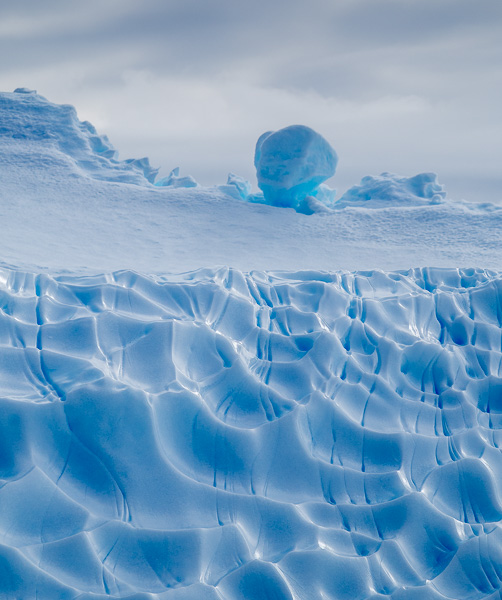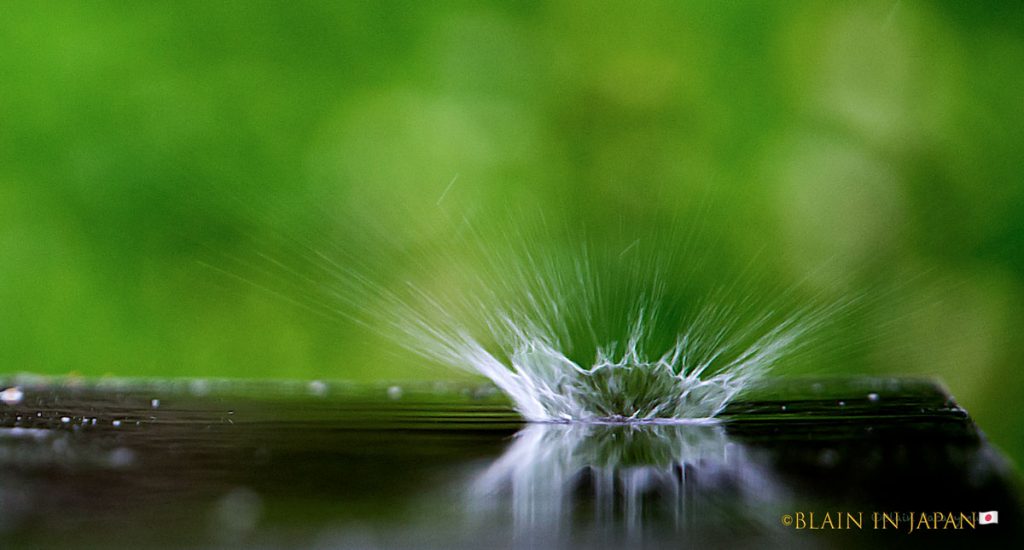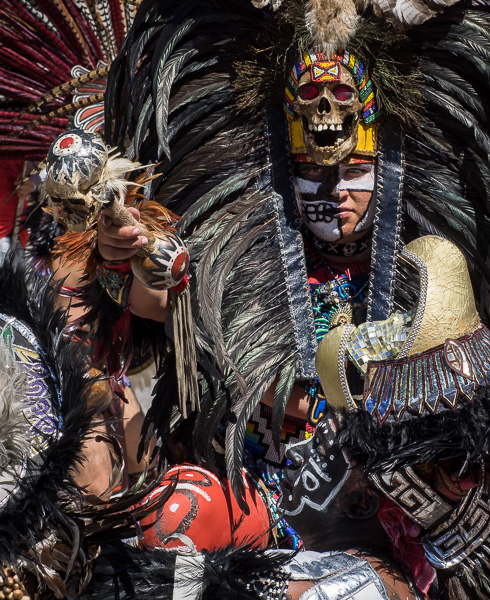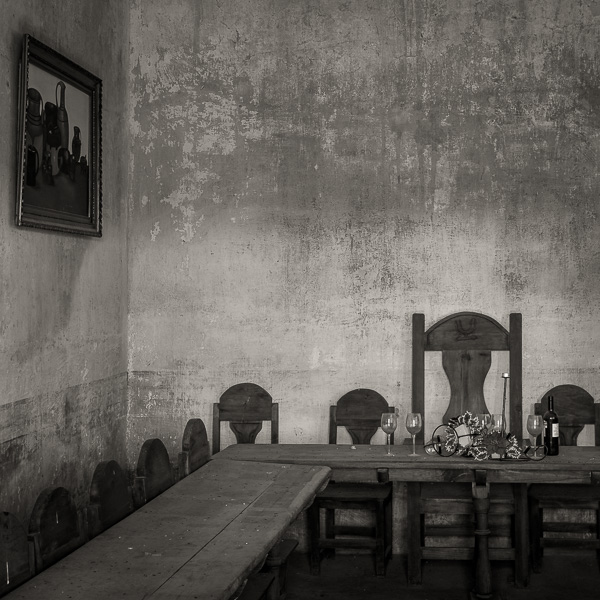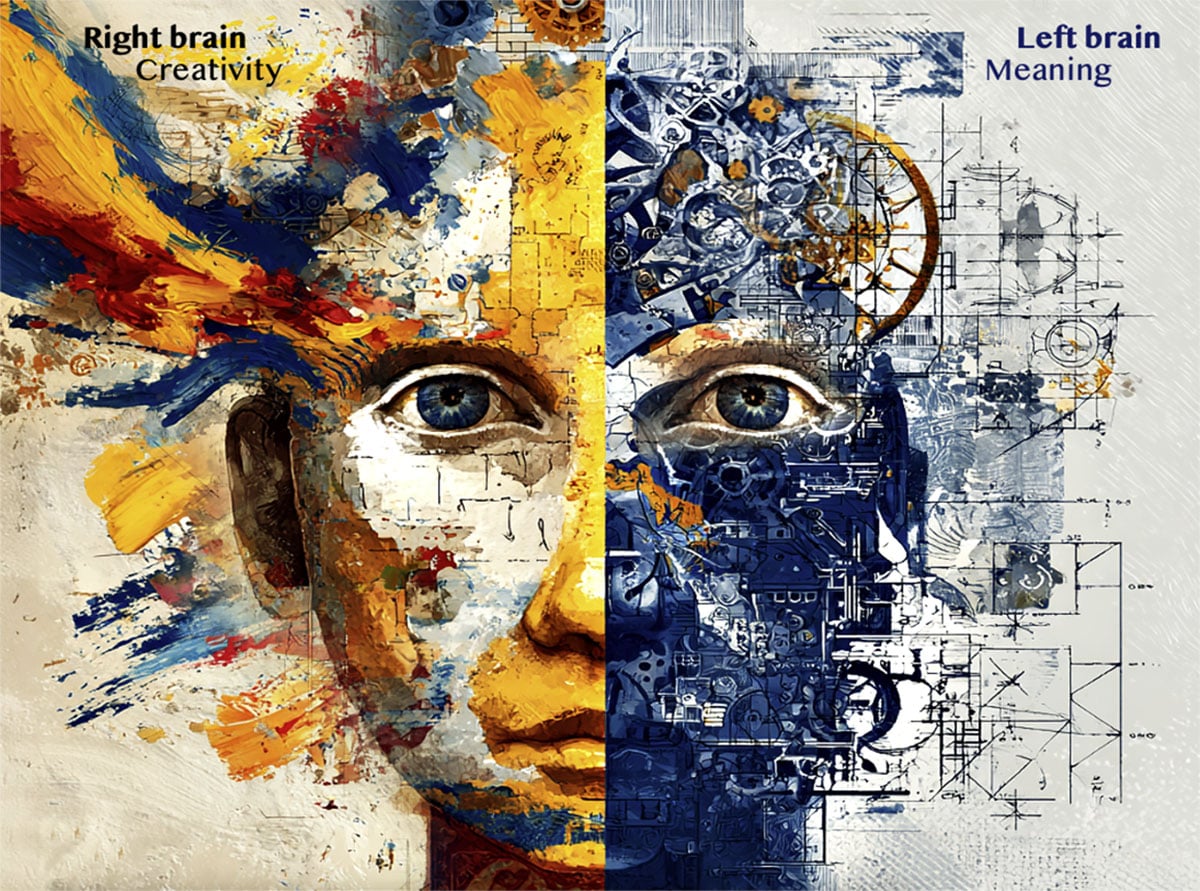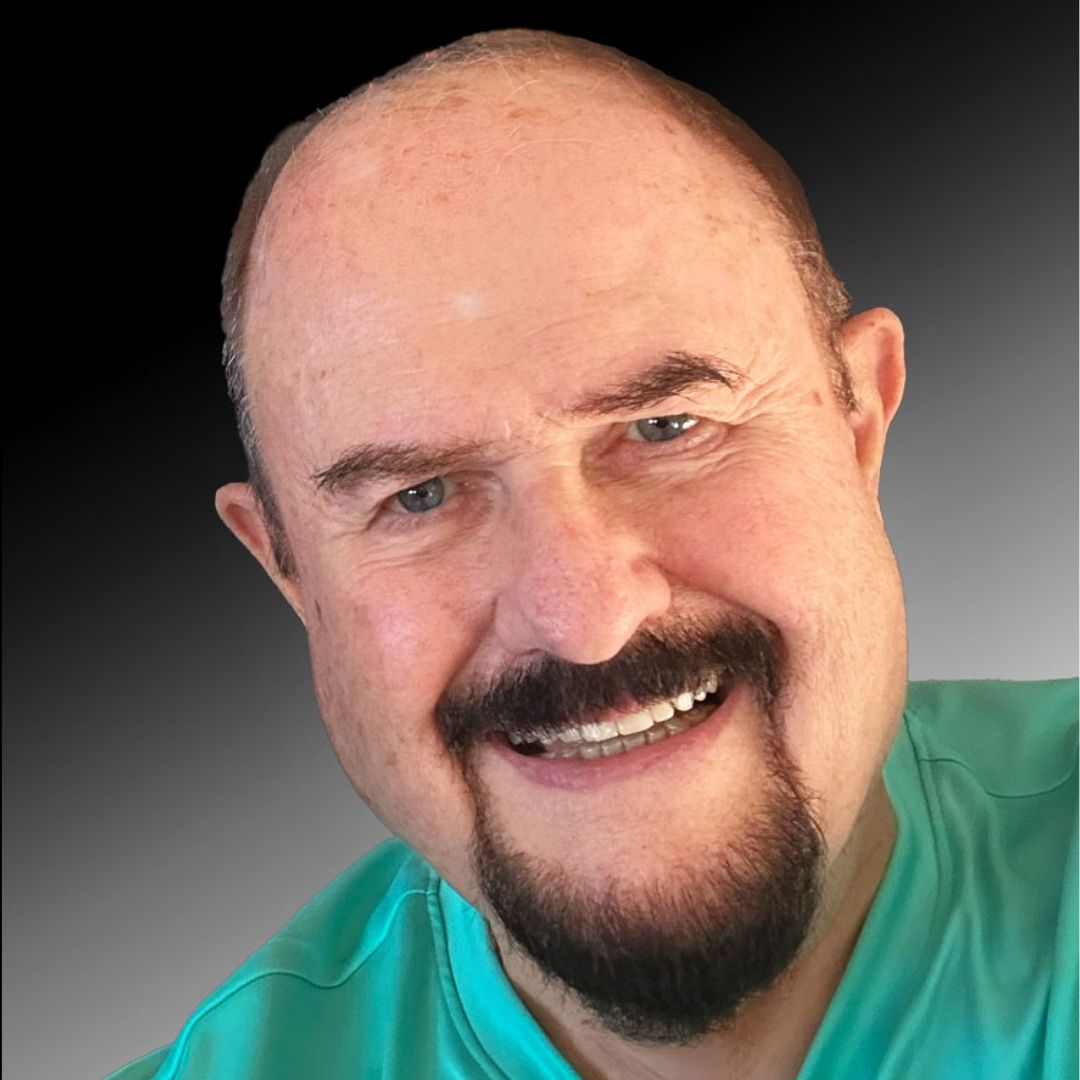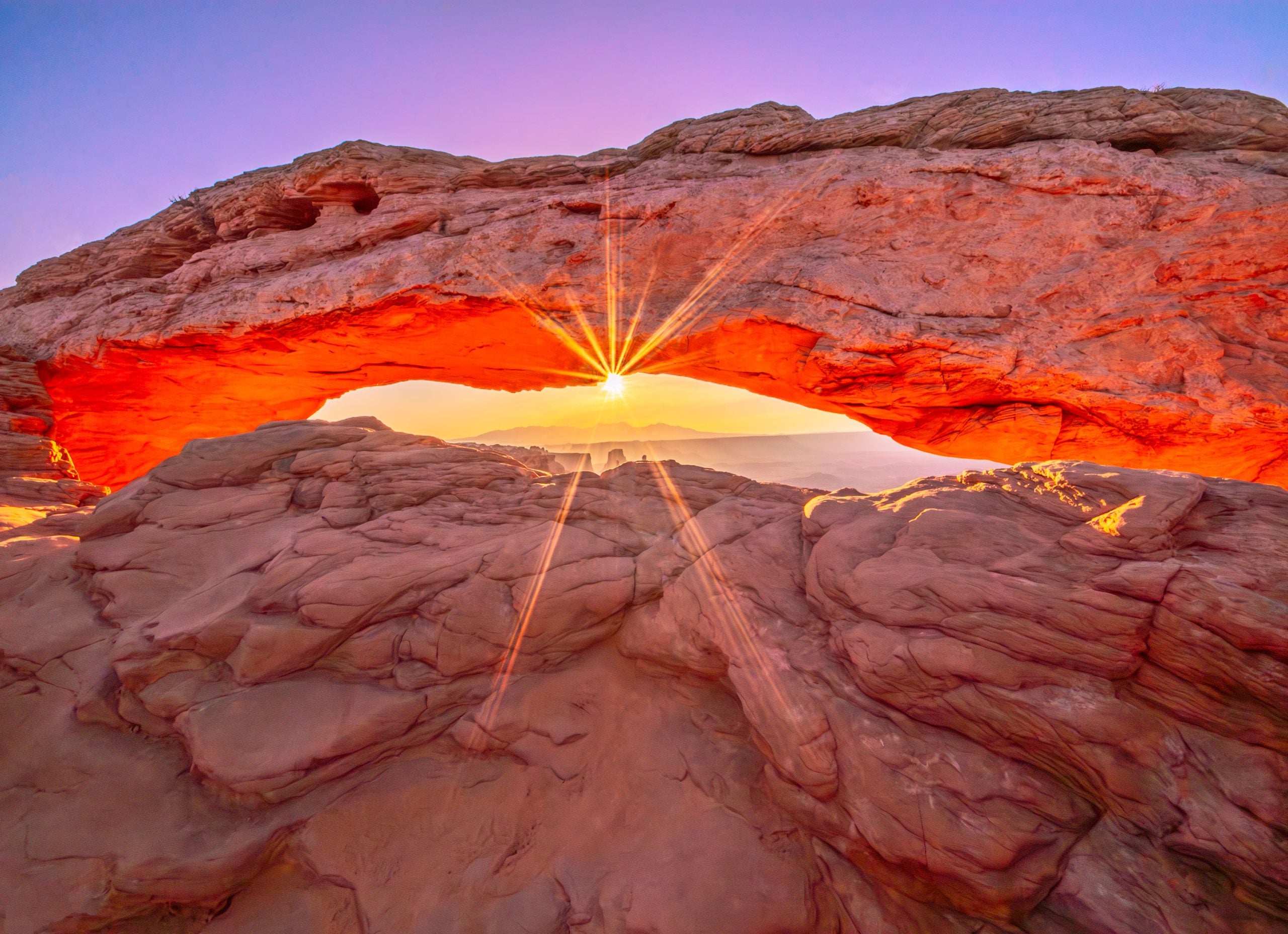Epson 9500 Report
A Hands-On Report
By: Nick Rains
Nick Rainsis a talented and widely published Australian freelancer. Below is his first-hand report on owning and using (for a while at least) the latest-generation Epson wide-format printer, the9500.
Much has been made about inkjet longevity over the last couple of years and Epson realized that many users of the 9000 and 7000 printers were using 3rd party inks to get a decent lifespan for their prints. The basic Epson dye inks are totally unsuitable for selling for any purpose apart from very short life display prints for shops etc. The best figures I have seen have been about 2 years before noticeable fading – and that’s indoors, behind glass etc. Epson thus decided to bring out their own "Archival" inkset with the release of the 9500 printer. They said the inks would last in excess of 100 years and that may turn out to be true‚ tests are underway currently and the results are due out very soon. It was not the stability of the inks which caused me trouble with this printer, it was the very pronounced banding at Fast and Medium quality settings. The earlier 9000 was capable of superb prints with rich blacks and a lovely tonal range, you can imagine my disappointment when the upgraded printer turned out slightly less rich prints with a corduroy-like appearance. I was in touch with Epson pronto and after many weeks of silence and certainly no action, they told me that this was a known problem and the microporous coating on the papers was to blame. They said that the problem was being addressed and in the meantime I should make my prints at 1440. At this setting the printer is sloooooow. Epson’s own figures give a speed of less than 10 sq feet per hour. That’s over 1 hour for an A0. The quality was fine at that speed but life is too short for such speeds especially in a commercial sense. If you were just doing high end art prints and able to charge IRIS type fees than the printer will make money but if you try and do mass printings for less demanding clients the speed issue is a real killer. The other problem is the cost of the consumables. The 9000 was acceptable in this respect and the cost of the "Archival" inks was expected to be 25% more. What no-one mentioned was the fact that the inks seem to be weaker, especially the Light Cyan and Light Magenta. This means more ink must be laid down, leading to the banding problems and more ink cost. The 9500 seems to use about 50% more ink than the 9000 for the same job. I actually used up a whole Lc cart in a day, and given the speed of the printer, that’s not many prints. The bottom line is that the cost of the consumables makes the printer uneconomical for printing poster work or for any low to medium end stuff. Only at the high end can enough be charged to cover the time and costs involved in making a print. I could actually get a matt Lambda print for only AUD15 more than the cost of my consumable for an A0 print! In fact I could get Lambda prints made onto Crystal Archive for only slightly more than double my actual costs. Its hard to be competitive in those circumstances even if you are touting 100 plus years as we were. Essentially, the printer can do beautiful work. If you want to follow the steep learning curve and learn all about colour management then it can be a good printer. I can see an individual photographer printing editions of his own work and charging good prices for high quality, long lived prints but really, you can get a lot of good lab prints done for AUD$20,000. If you want to print on the fine-art papers then inkjet is the only way to go as IRIS has shown. This printer will give IRIS a run for its money, in the hands of an expert operator. In a production environment, it will make a good proofer and indeed many users are doing just that. However, as a general purpose printer it is too expensive and slow to be economical. To anyone thinking of investing in this machine I would say this‚ go in with your eyes open and do your sums carefully. Inkjet printing is very time consuming, expensive, and whilst fantastic results are possible, it is not at all easy. This printer is capable of good result within very narrow limits. For me these limits were way too restricting.© 2001‚ Nick Rains
You might also be interested in a hands-on report on theEpson 7500
Read this story and all the best stories on The Luminous Landscape
The author has made this story available to Luminous Landscape members only. Upgrade to get instant access to this story and other benefits available only to members.
Why choose us?
Luminous-Landscape is a membership site. Our website contains over 5300 articles on almost every topic, camera, lens and printer you can imagine. Our membership model is simple, just $2 a month ($24.00 USD a year). This $24 gains you access to a wealth of information including all our past and future video tutorials on such topics as Lightroom, Capture One, Printing, file management and dozens of interviews and travel videos.
- New Articles every few days
- All original content found nowhere else on the web
- No Pop Up Google Sense ads – Our advertisers are photo related
- Download/stream video to any device
- NEW videos monthly
- Top well-known photographer contributors
- Posts from industry leaders
- Speciality Photography Workshops
- Mobile device scalable
- Exclusive video interviews
- Special vendor offers for members
- Hands On Product reviews
- FREE – User Forum. One of the most read user forums on the internet
- Access to our community Buy and Sell pages; for members only.







